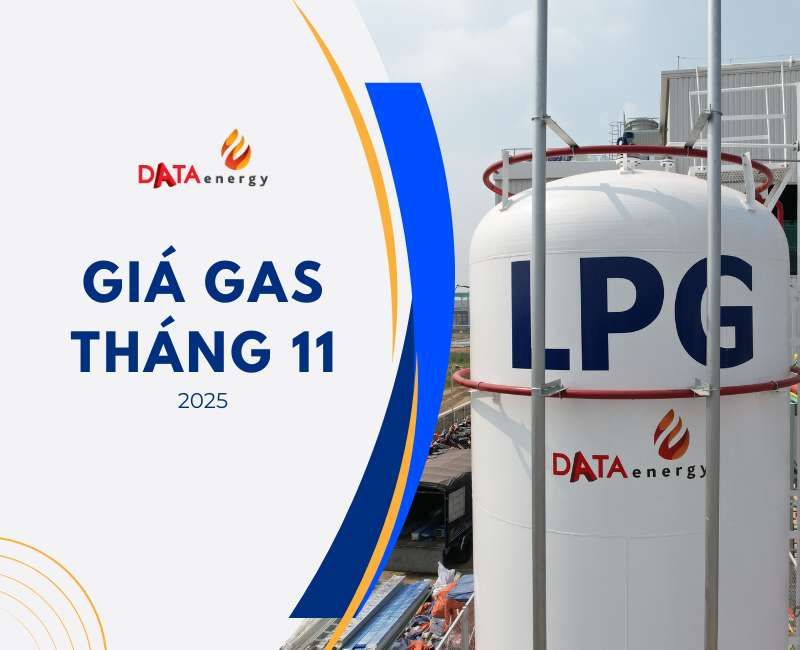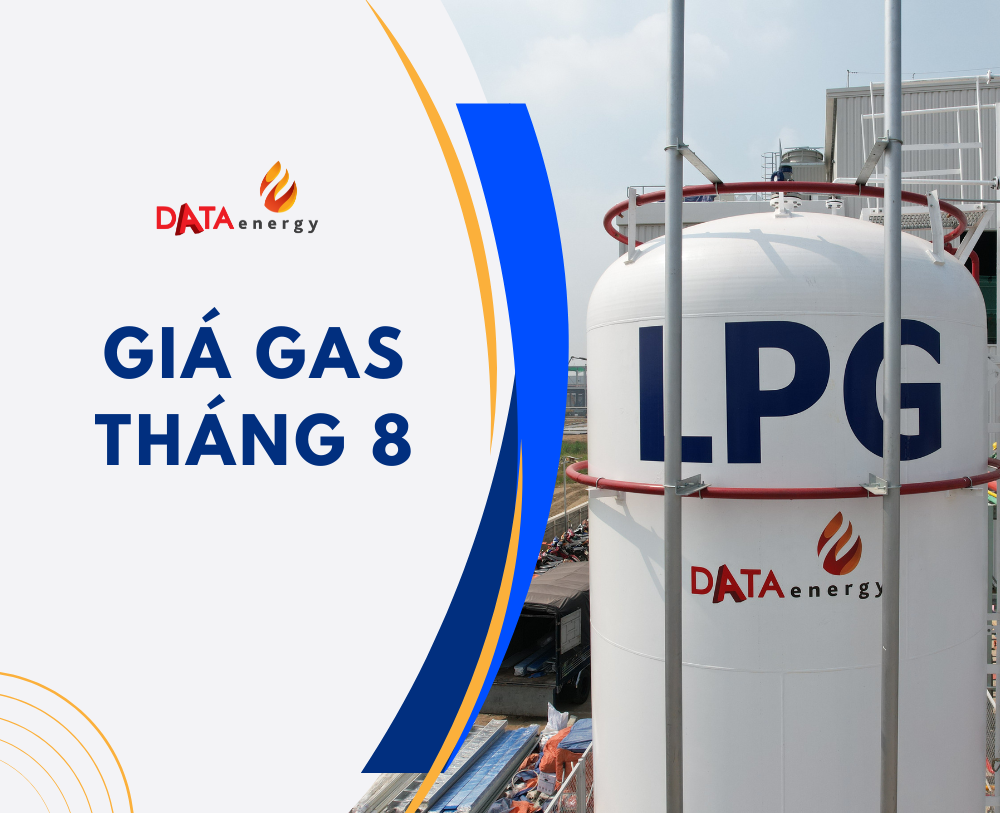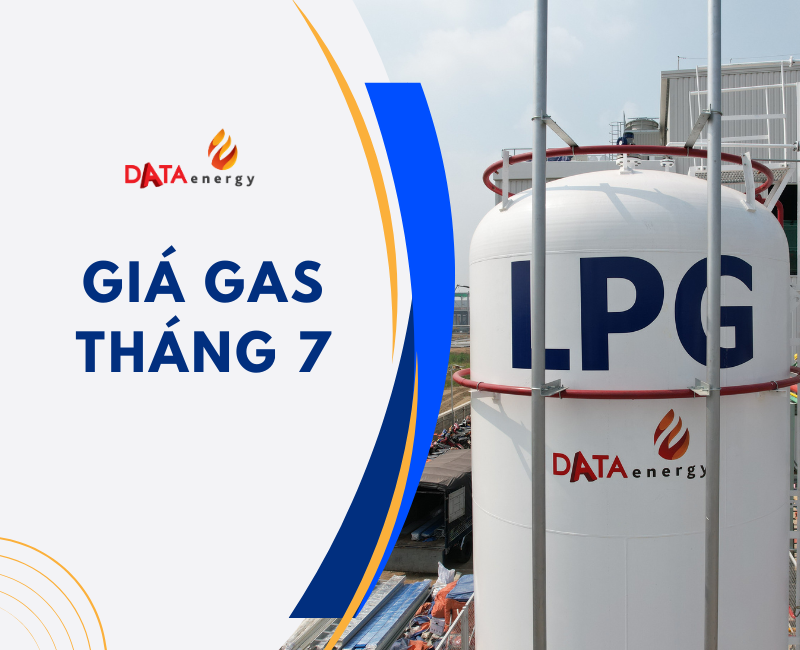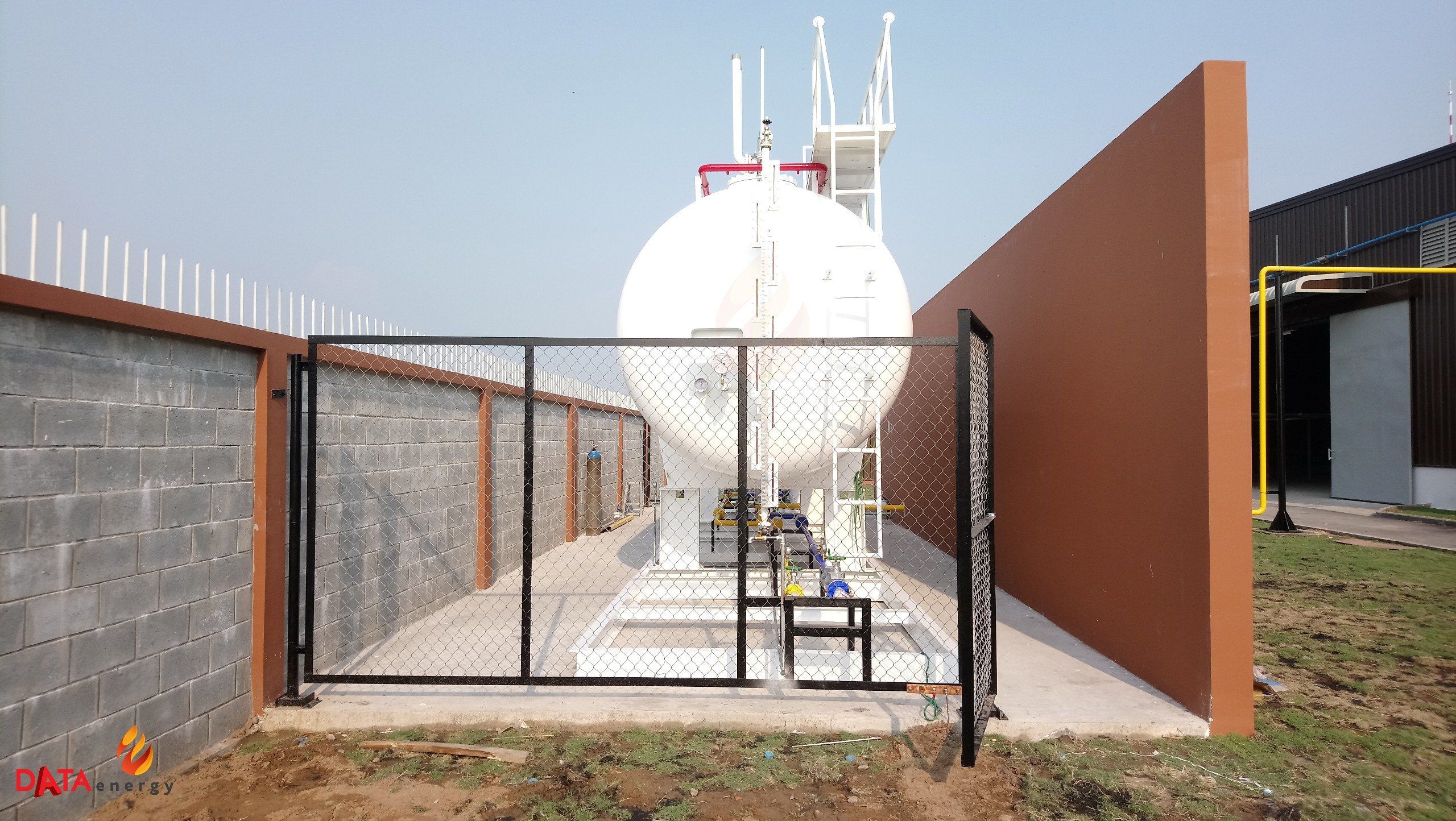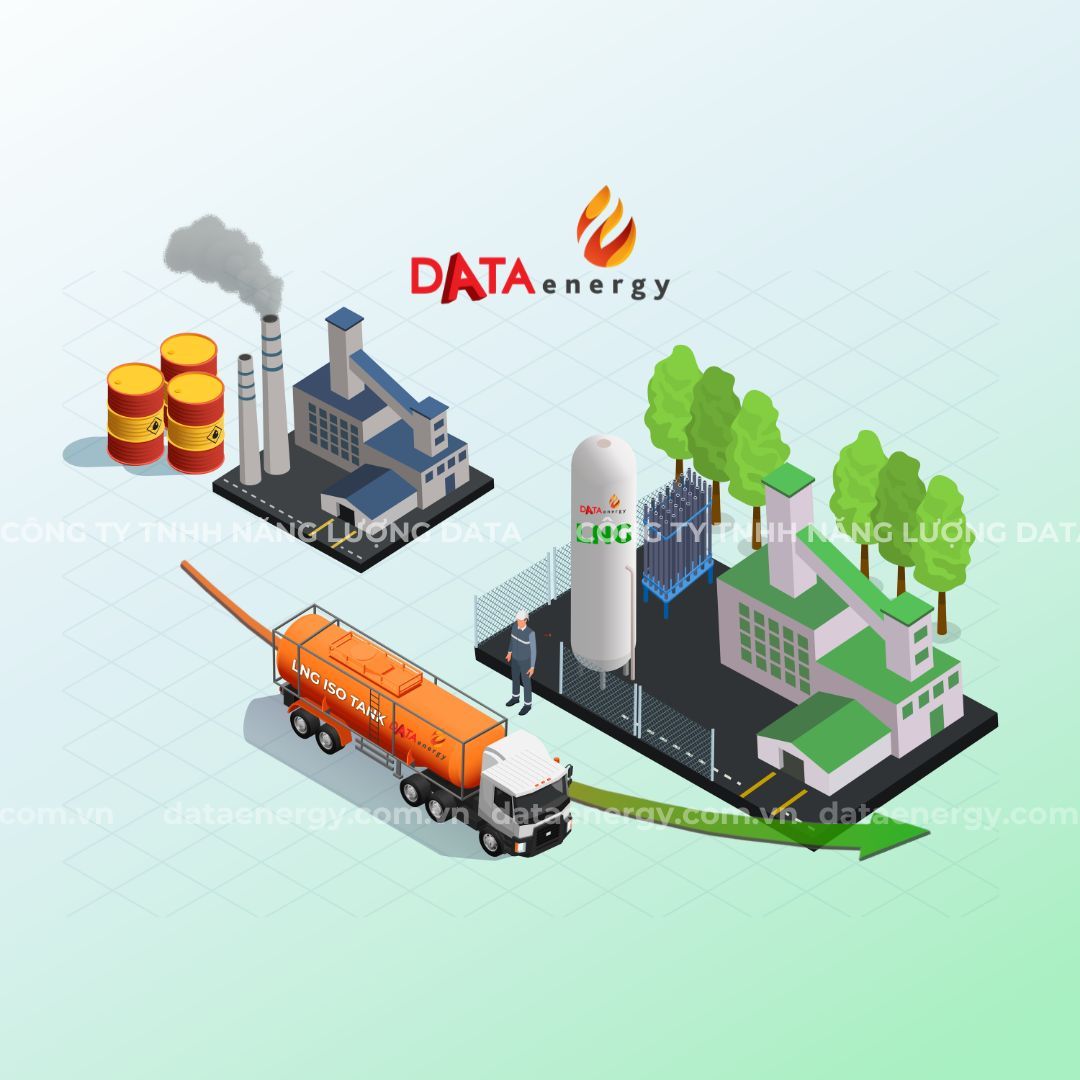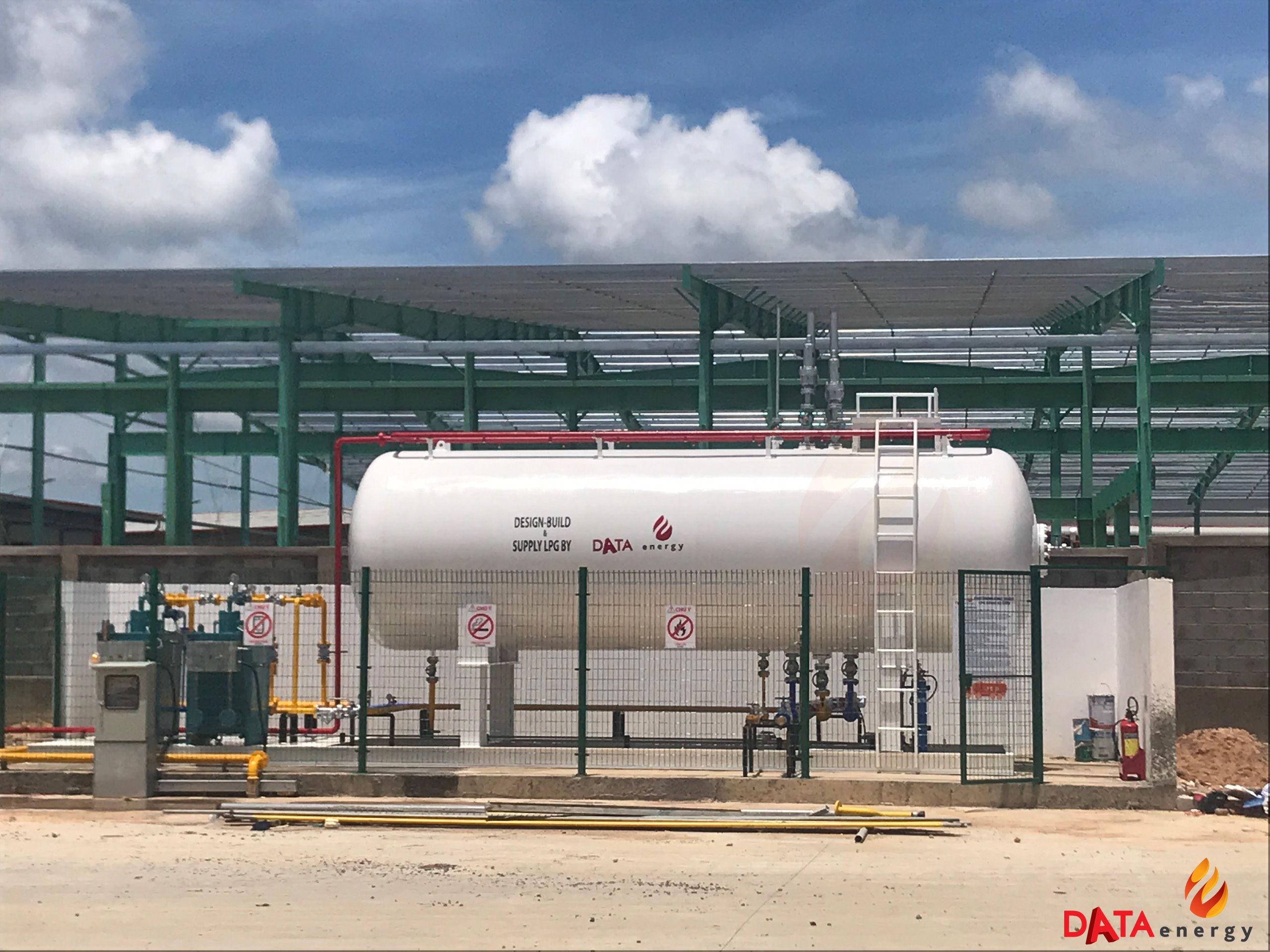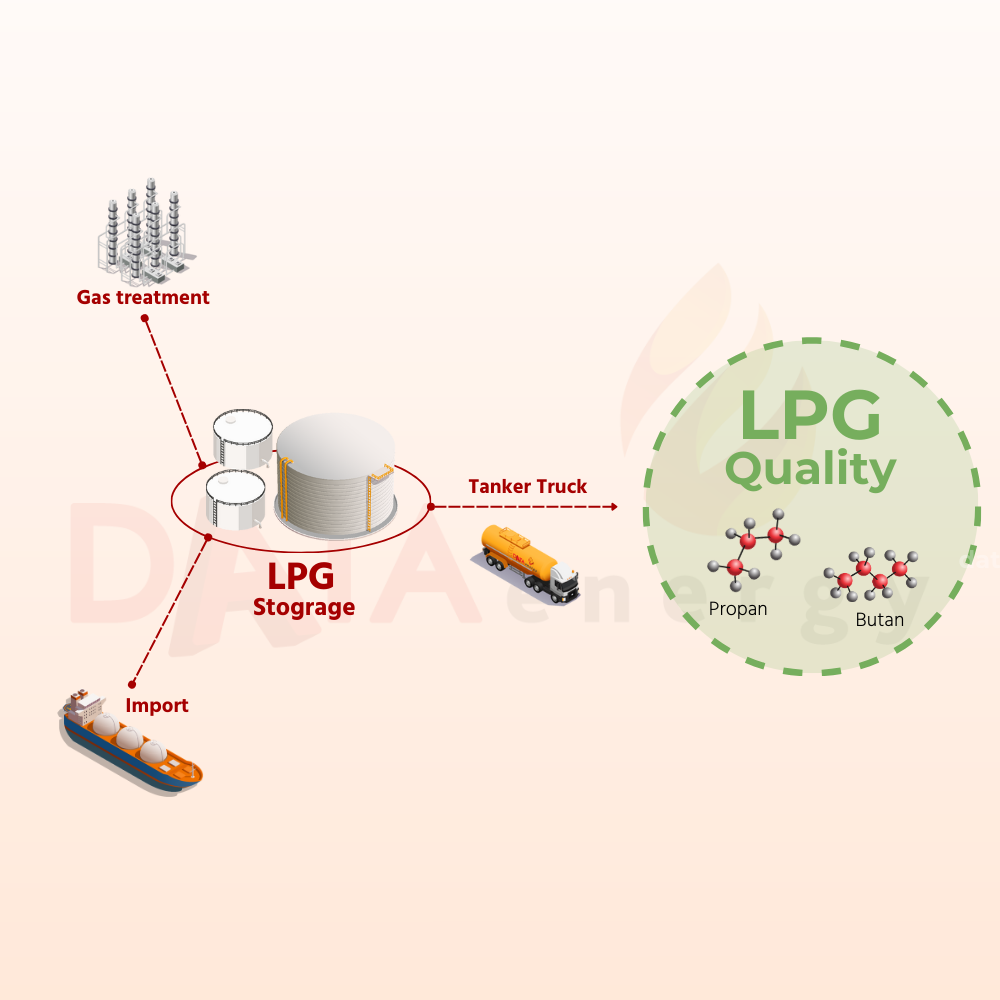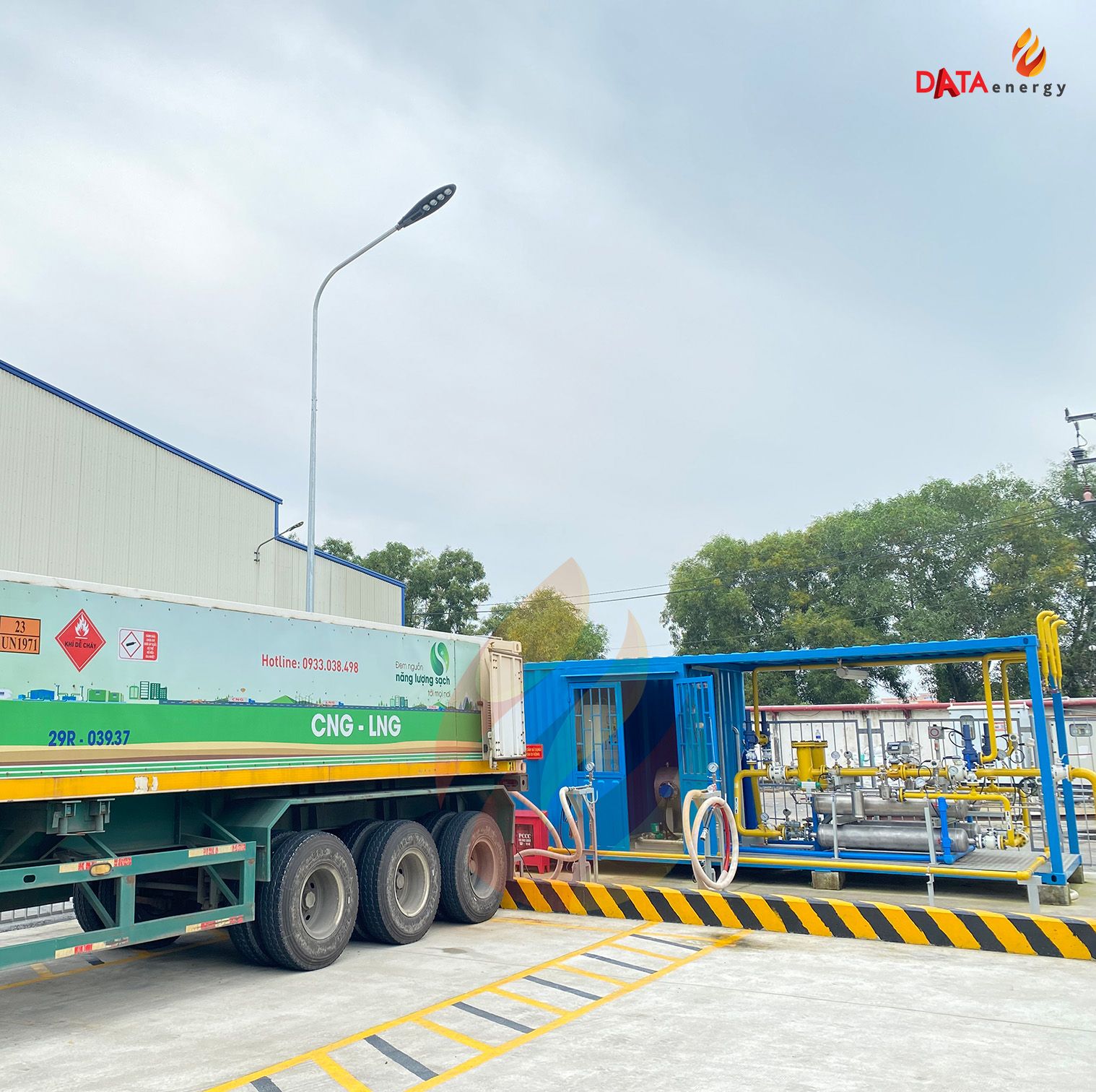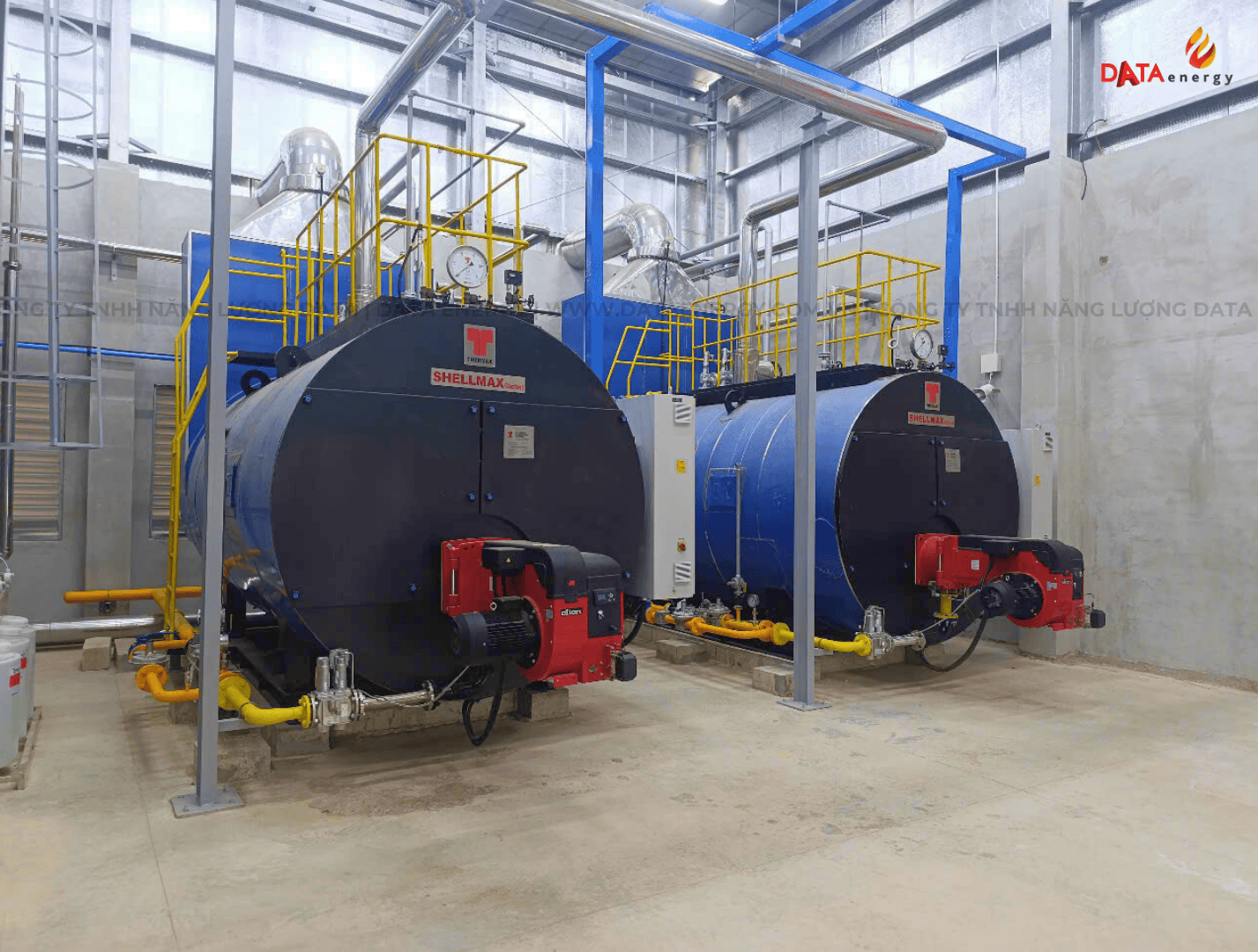WHAT IS LPG? BASIC CHARACTERISTICS OF LIQUEFIED PETROLEUM GAS
08/01/2025
What is LPG?
LPG (Liquid Petroleum Gas) - The composition of LPG includes a mixture of hydrocarbon gases, mainly propane (C3H8) and butane (C4H10). The mixture of propane and butane is compressed into liquid form to be stored at a certain pressure.
At normal temperatures, LPG liquefied natural gas vaporizes and is used as a gas. In daily life, LPG is often abbreviated as gas. LPG gas is colorless and odorless, but in reality, to detect gas leaks to the outside, LPG will be mixed with a substance called Ethanethiol - this substance does not affect the combustion quality of LPG.
-min.png)
Basic characteristics of liquefied petroleum gas (LPG).
a. Boiling point:
Is the temperature at which a liquid boils under normal environmental pressure conditions (760mmHg). We use LPG in vapor form, so the amount of gas supplied depends greatly on the evaporation factor of liquid gas. LPG with a lower boiling point is easier to use in low temperature areas. The boiling point of Propane is -42 °C The boiling point of Butane is 0 °C In our country, the appropriate ratio between Propane and Butane is 70% and 30%.
b. Saturation pressure of LPG gas:
The amount of LPG stored in the tanks is in a saturated state, liquid gas below, gas vapor above, and according to safety regulations, gas tanks are only allowed to contain 80% of the tank capacity, the rest ensures safety. expansion of liquid gas. The saturated vapor pressure of Propane is much higher than that of Butane. The saturated vapor pressure depends on the outside temperature and does not depend on the amount of gas contained inside. If the liquid gas temperature increases, the liquid gas will immediately boil and vaporize to balance the saturation pressure. At normal temperature, gas has a pressure of 1.7kg/cm2~6.8kg/cm2.
c. Heat energy:
When completely burned, 1kg of LPG provides about 11,000 kcal of heat. This calorific value is higher than other common fuels such as gasoline, oil, coal...
d. Proportion:
Liquid LPG density reaches 0.55~0.57 kg/liter; Density of LPG vapor: LPG vapor is nearly twice as heavy as air, so when released, the gas lies close to the ground and concentrates in low places such as ditches, manholes, etc.
e. Expansion rate:
The expansion rate of liquefied natural gas is very large: One unit volume of liquid LPG produces 250 units of volume of vapor LPG. That explains why people store gas in liquid form. Flame temperature: The flame temperature of Propane burning in air is 1930 °C. The flame temperature of Butane burning in air is 1900 °C.
f. Other basic properties:
LPG is a clean fuel. When burned, it creates quite high temperatures (about 1900-19500C), very little soot and does not create residue or toxic CO gas. When burned, 1.0 kg of LPG produces 1200 Kcal of heat, equivalent to the heat when burning 3-4 kg of coal, 02 liters of kerosene, 1.5 liters of gasoline or 7.9 kg of firewood.
3. Application of LPG
- LPG is widely used and can be divided into the following main areas:
- Civil and commercial: A fuel used for daily activities such as cooking and heating in households, restaurants, hospitals, and schools.
- Industry - agriculture: LPG gas is a fuel used to serve industry, metallurgy, furnaces, and plating. In the agricultural sector, liquefied petroleum gas is used to dry agricultural products
- Transportation: fuel for transportation vehicles: spacecraft, cars, buses,...
- Fuel for generators: Producing ethylene, propylene, butadiene for the plastic industry, and MTBE as an octane number increaser to replace lead in gasoline.
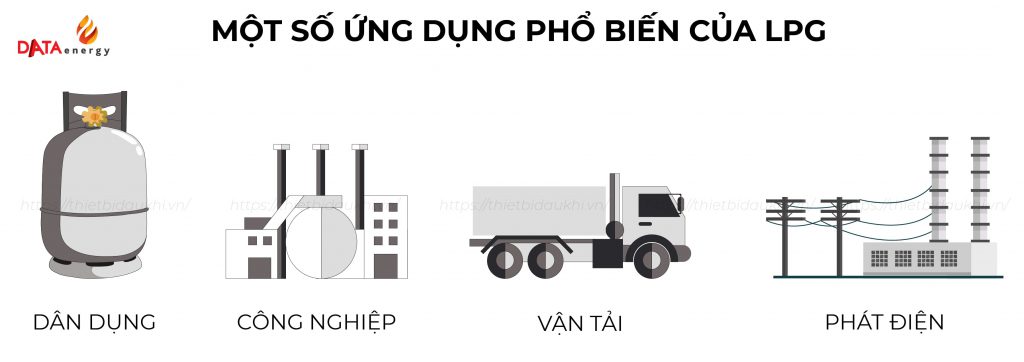
![]()
DATA ENERGY COMPANY LIMITED (DATA Energy)
- Supply LPG, CNG, LNG.
- Consult, Design, Install Industrial Gas System.
- Invest Gas System (LPG, CNG, LNG) for the factory.




